Footing and Foundation: Key Considerations
Overview
Footings and foundations are the unsung heroes of any building. They provide the support and stability needed to keep structures safe and standing strong for years. This article dives into the Footing and Foundation: Key Considerations, covering structural design codes, slab design, and footing calculations to help you understand what makes a building’s base rock-solid.
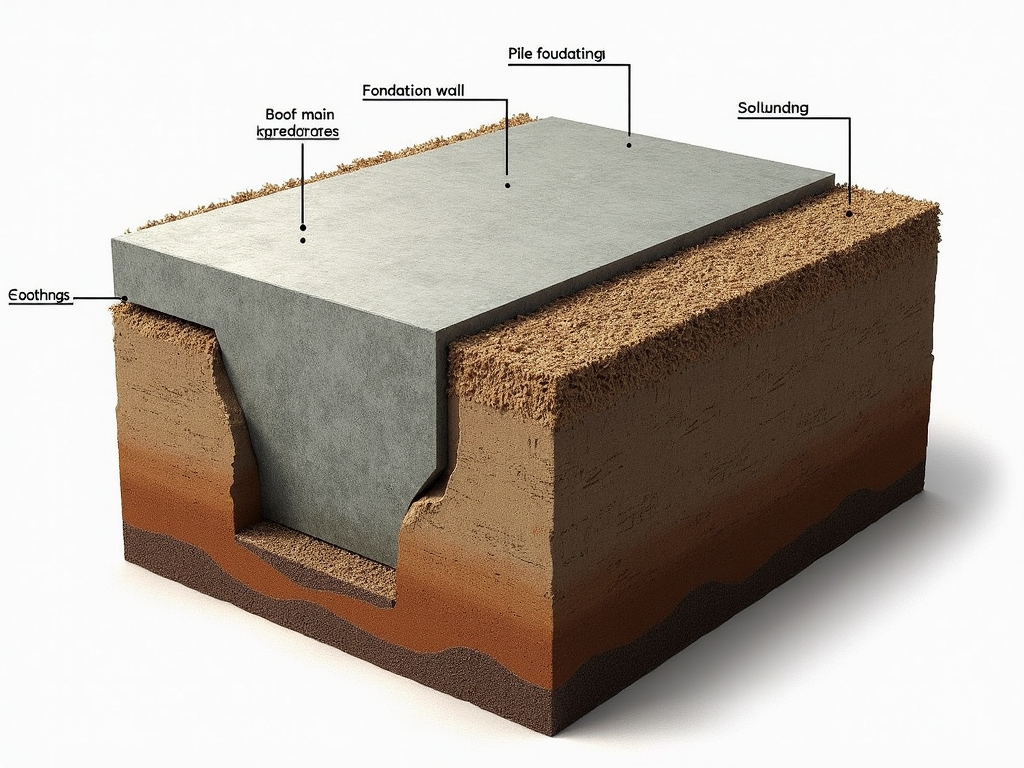
What Are Footings and Foundations?
Let’s start with the basics. Footings are the part of the foundation that sit directly on the ground. They spread out the weight of the building so it doesn’t sink or shift. The foundation, though, is the whole system—footings, walls, and slabs—working together to hold everything up.
Why does this matter? A solid foundation keeps a building safe from settling, cracking, or even collapsing. It handles all kinds of weight: the building itself, the people inside, and forces like wind or earthquakes.
Types of Footings and Foundations
Not all footings and foundations are the same. Here are the main types:
- Spread Footings: Wide and shallow, these spread the load across stable soil. Think of them like snowshoes for your house.
- Mat Foundations: Big, flat slabs that support the whole building. They’re great for soft or shifting ground.
- Pile Foundations: Long columns driven deep into the earth. These are perfect when the topsoil is weak but stronger layers lie below.
Picking the right type depends on the soil, the building’s weight, and local rules.
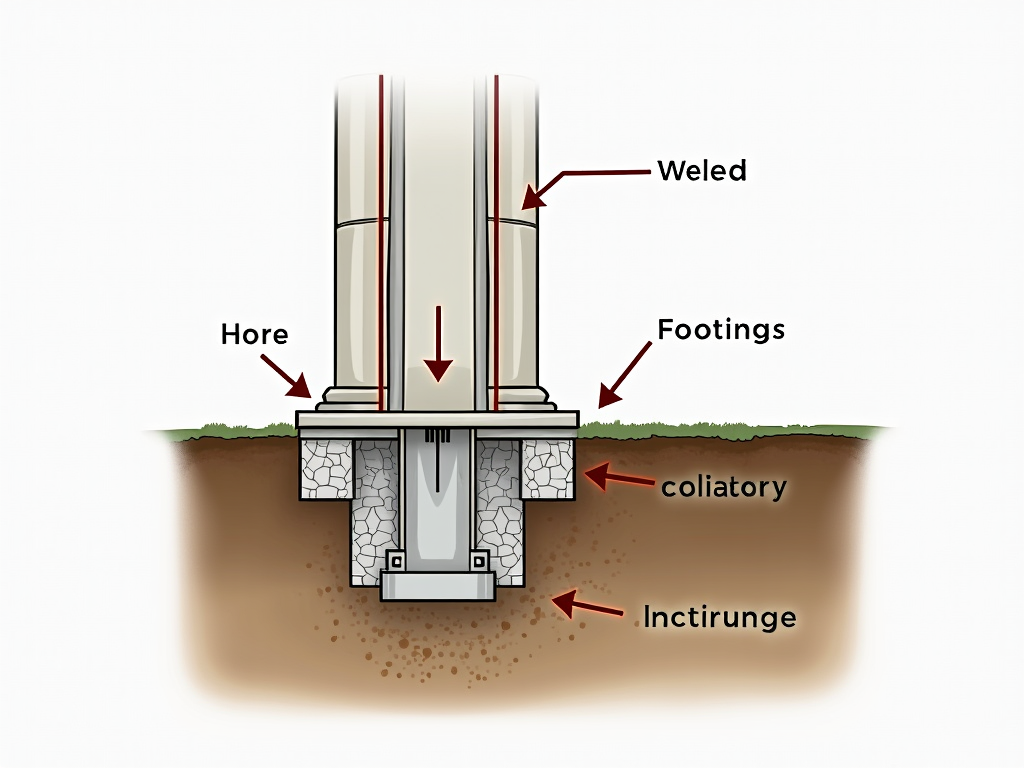
Key Considerations in Footing and Foundation Design
Designing a foundation isn’t guesswork. It’s about getting the details right. Here’s what you need to think about:
-
Soil Type: Is it clay, sand, or rock? Soil strength decides how much weight it can hold. A soil test tells you what you’re working with.
-
Load-Bearing Capacity: The foundation has to carry the building’s weight—everything from the roof to the furniture. Too small, and it sinks; too big, and you’re wasting money.
-
Building Codes: Rules like the International Building Code (IBC) set the bar. They ensure your foundation is safe and strong.
-
Weather and Environment: Frost can lift footings, earthquakes can shake them, and water can weaken them. Design must match the conditions.
-
Water Control: Good drainage keeps water from pooling under the foundation, which can cause big problems over time.
Structural Design Codes and Standards
Codes aren’t optional—they’re the backbone of safe building. The IBC, for example, lays out rules for foundation strength. The American Concrete Institute (ACI) 318 helps with concrete design, while the American Society of Civil Engineers (ASCE) 7 covers loads like wind or snow. Following these structural design codes and standards keeps your project legal and reliable.
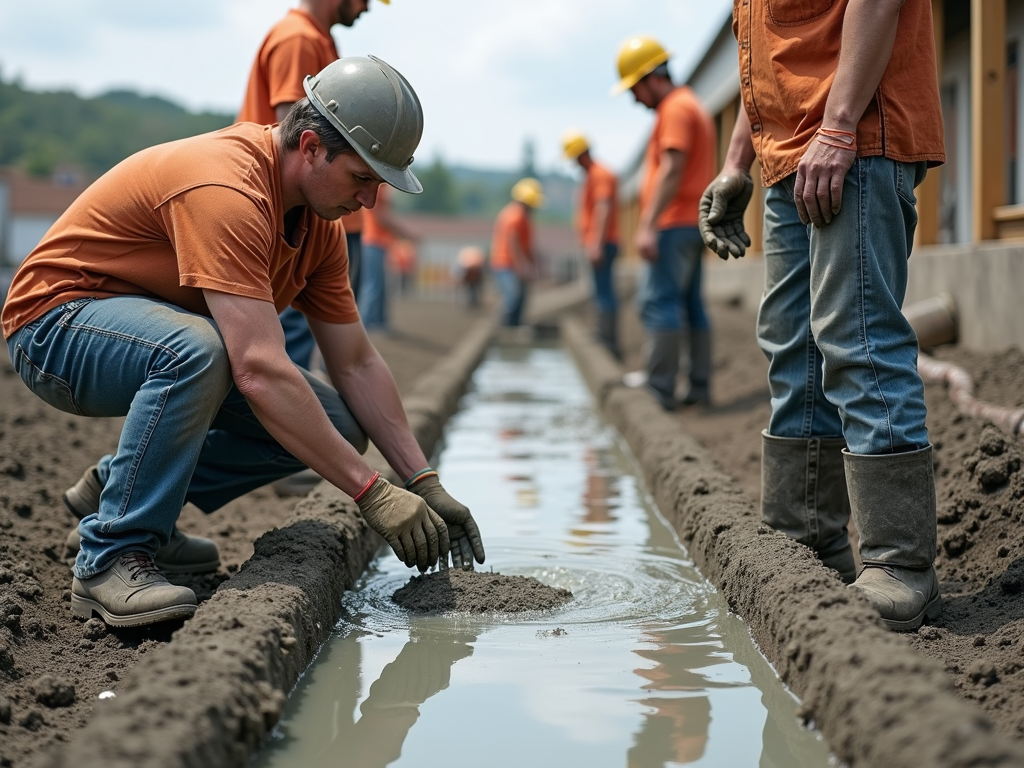
Slab Design: Building a Strong Base
The slab is the flat layer that ties the foundation together. It spreads weight to the footings and gives you a floor to build on. Here’s what goes into good slab design:
-
Thickness: Too thin, and it cracks; too thick, and it’s overkill. It depends on the weight it’ll carry.
-
Reinforcement: Steel bars inside the concrete add strength. They stop cracks from spreading.
-
Load Sharing: The slab passes weight evenly to the footings. Uneven loads can cause trouble.
-
Joints: Slabs shrink as they dry. Control joints guide where cracks happen so they don’t ruin the slab.
A well-designed slab keeps the foundation—and the building—steady and strong.
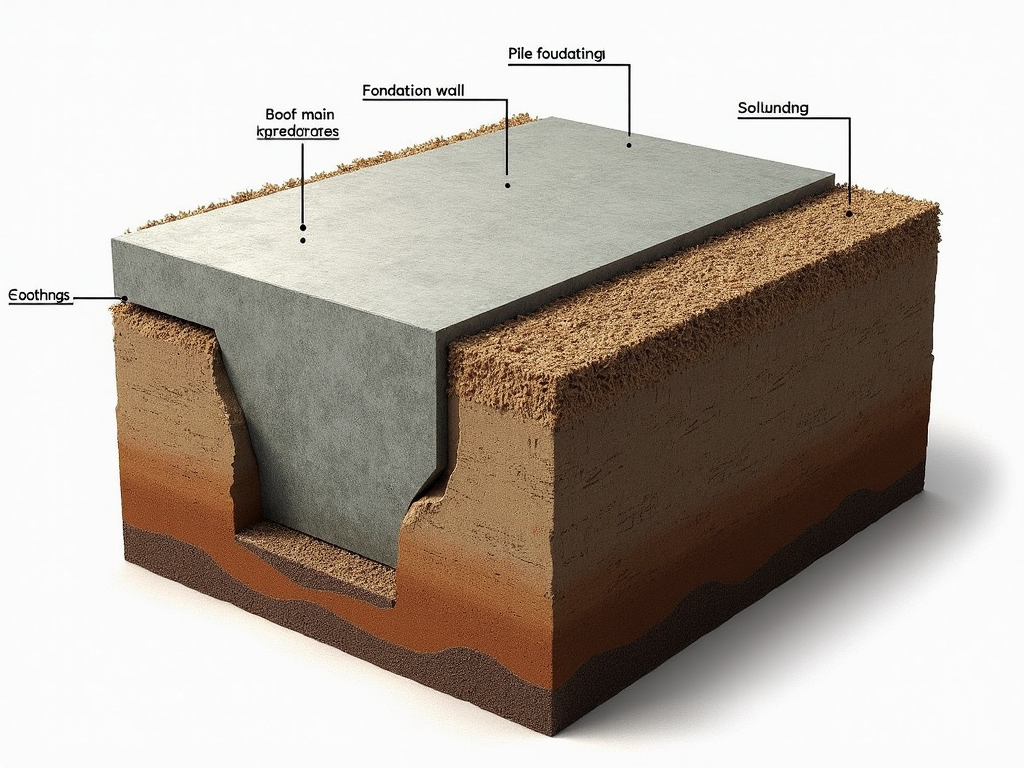
Footing Calculation: Getting the Numbers Right
Footing calculation is where math meets dirt. It’s about figuring out how big and deep your footings need to be. Here’s the process:
-
Add Up the Weight: Include the building, people, and extra loads like snow.
-
Check the Soil: A soil test shows how much weight it can take before giving way.
-
Size the Footing: Divide the weight by the soil’s strength to find the footing’s area. Bigger weight, bigger footing.
-
Set the Depth: Dig deep enough to hit solid ground. In cold areas, go below the frost line.
-
Spread the Load: Make sure the footing shares weight evenly to avoid tilting or sinking.
Get this wrong, and the building could settle unevenly. An engineer can double-check your numbers for peace of mind.

Lessons from the Field
I’ve worked on foundations for years, and one job still sticks with me. We were building a five-story office on a site with wet, sandy soil. The ground was a mess—soft and shifting. We tested the soil and found stable layers way down deep. Pile foundations were the answer, driving long concrete columns into the earth.
Water was a headache, too. We added drains and waterproof layers to keep the foundation dry. Following the IBC and ACI 318 kept us on track, and ten years later, that building’s still standing tall. That job taught me: test the soil, plan for the worst, and stick to the rules.
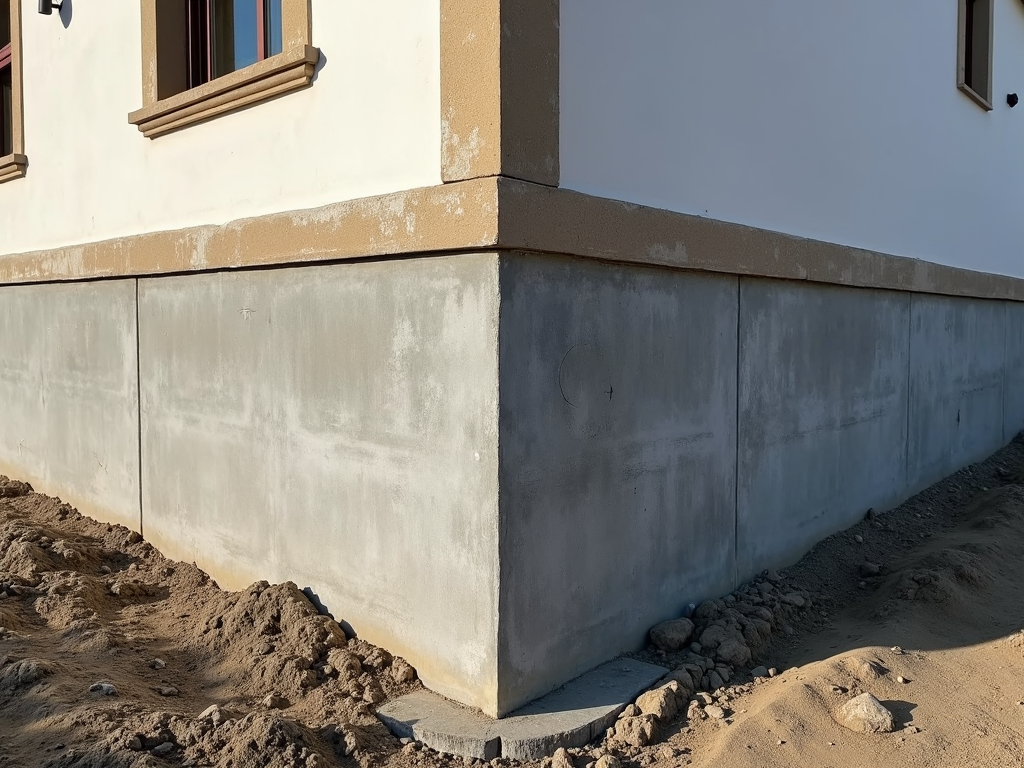
Summary
Footings and foundations hold up everything we build. From soil tests to footing calculations, slab design, and structural design codes and standards, every step matters. This guide walked you through the Footing and Foundation: Key Considerations, blending real-world tips with practical advice. A great foundation isn’t flashy, but it’s the key to a building that lasts.





